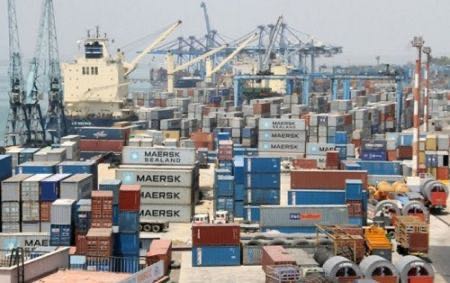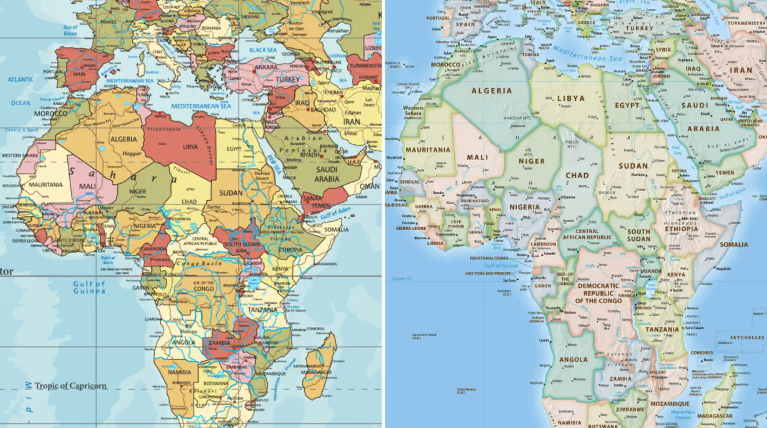While forecasts for the Port of Mombasa were more modest, actual traffic in 2024 shows a remarkable positive gap, with over 2 million TEUs (Twenty-foot Equivalent Units) compared to 1.6 million a year earlier, and approximately 5.1 million tons more than in 2023.
Since the start of tensions in the Red Sea in late 2023, particularly with Houthi rebel attacks, ships have been diverting around the Cape of Good Hope, significantly benefiting ports along the eastern African coastline, including Mombasa. For its 2024 performance, the Kenyan port reports a remarkable achievement in containerized cargo, surpassing the 2 million TEU mark for the first time in more than a decade, reaching exactly 2,005,076 TEUs, according to the Kenya Ports Authority (KPA).
This represents an increase of 381,996 TEUs, or +23.5%, compared to 1,623,080 TEUs in 2023. This segment has been fueled by the growth of transshipment activities. The platform handled a total volume of 41.1 million tons, nearly 5.1 million tons more than in 2023, when total traffic stood at 35.98 million tons.
According to KPA, growth was driven by transit traffic, which increased by 17.4% to reach approximately 13.4 million tons. Uganda, the main client of the port, accounts for 65.7% of traffic, handling 8,811,289 tons compared to 7,115,079 tons in 2023. Other important transit destinations include South Sudan (12.7%), the Democratic Republic of the Congo (11.8%), Rwanda (5.1%), and Tanzania (3.4%).
In December 2024 alone, the Port of Mombasa handled a total of 3,746,363 tons of goods, marking a substantial increase compared to the 3,029,482 tons recorded in December 2023. The KPA has been implementing an investment program for several years, which has allowed for increased capacity at the platform, reducing congestion and reclaiming some of the traffic lost to the Tanzanian port of Dar es Salaam, with which Mombasa shares almost the same hinterland.
For 2025, the Kenyan port authority plans to continue this program, announcing several additional projects, such as the construction of new berths and the implementation of digital solutions.
Source: agenceecofin




